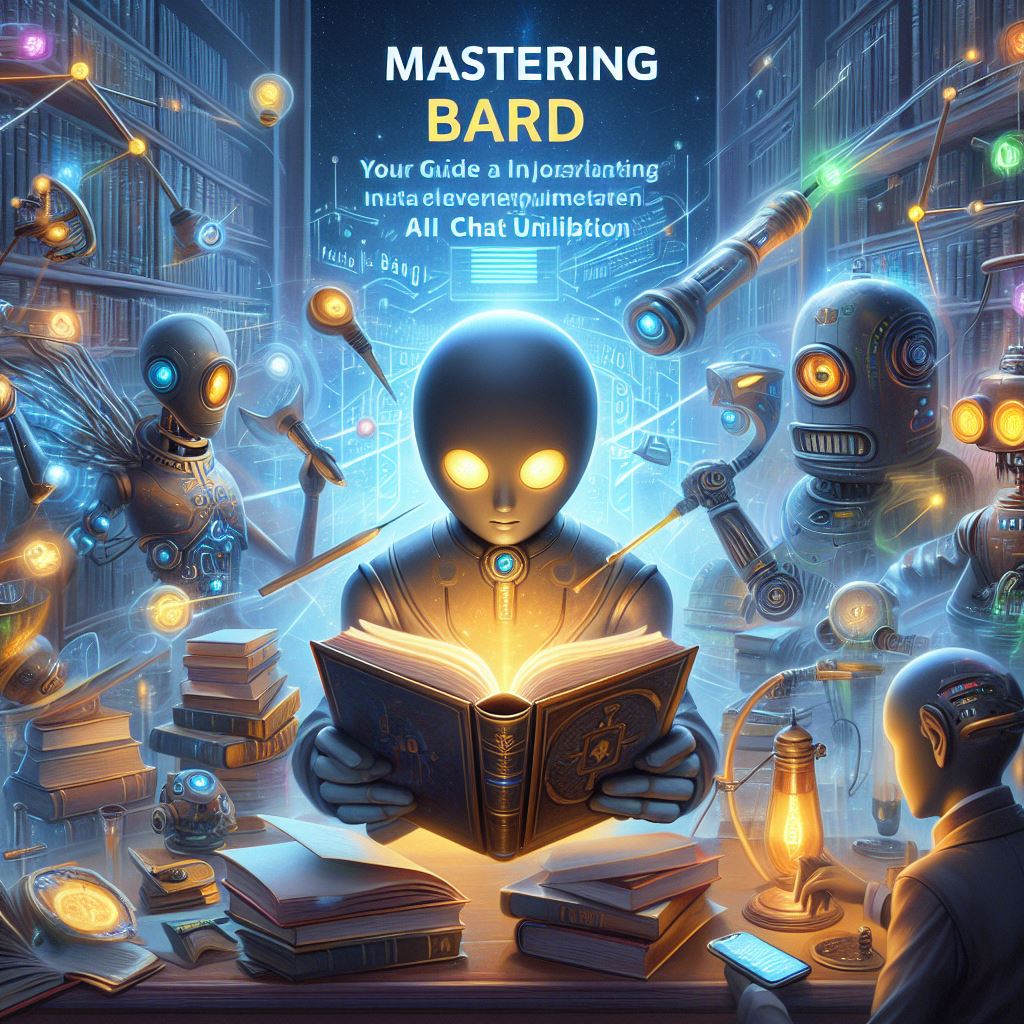Writing effective prompts for ChatGPT is both an art and a science. It requires clear communication, thoughtful context-setting, and ethical considerations. As AI technology continues to evolve, so will our ability to engage with it. The emergence of powerful language models like ChatGPT has revolutionized the way we interact with AI. These models have the ability to generate human-like text based on the prompts they receive. Whether you want to have a creative conversation, seek information, or generate content, writing effective prompts is key to getting the most out of these AI systems.
How to Write Effective Prompts for ChatGPT
In this comprehensive guide, we’ll explore the art and science of writing prompts for ChatGPT. We’ll delve into the principles, strategies, and best practices for crafting prompts that elicit the responses you desire.
Understanding ChatGPT and Prompts
1. What is ChatGPT?
- ChatGPT is a language model developed by OpenAI. It’s designed to generate coherent and contextually relevant text based on the prompts it receives.
- It can be used for a wide range of applications, from answering questions to generating creative content.
2. The Role of Prompts
- Prompts serve as instructions or cues that guide ChatGPT’s responses.
- They are the input provided to the model, influencing the quality and relevance of the generated text.
Principles of Effective Prompts
1. Clarity and Specificity
- Ensure that your prompts are clear and specific. Ambiguity can lead to unexpected or irrelevant responses.
- Specify the type of information or response you’re looking for.
2. Contextual Information
- Providing context in your prompts helps ChatGPT understand the situation or topic better.
- Include relevant details that set the stage for the conversation.
3. Politeness and Respect
- Use polite and respectful language in your prompts. ChatGPT’s responses are influenced by the tone of the prompts.
- Remember that AI models reflect the input they receive.
Crafting Prompts for Different Applications
1. Information Gathering
- When seeking information, structure your prompts as questions or requests for explanations.
- Be specific about the topic or subject you want information on.
2. Creative Writing
- For creative writing, provide prompts that set the mood, genre, or theme.
- Encourage ChatGPT to generate imaginative and engaging text.
3. Conversational Interactions
- When engaging in conversations, start with greetings and context-setting statements.
- Maintain a conversational tone to facilitate natural responses.
Strategies for Effective Prompts
1. Start simple.
- Begin with a straightforward prompt to establish context and initiate the conversation.
- Simplicity can help you gauge ChatGPT’s initial response.
2. Iterative Prompts
- If ChatGPT’s initial response is not satisfactory, use iterative prompts to provide additional context or clarify your request.
- You can refine the conversation step by step.
3. Open-ended Questions
- Encourage thoughtful responses by using open-ended questions that require more than a yes-or-no answer.
- This allows ChatGPT to provide detailed information or opinions.
Best Practices and Tips
1. Experiment and refine
- Don’t hesitate to experiment with different prompts to achieve the desired results.
- Analyze and refine your prompts based on ChatGPT’s responses.
2. Avoid leading questions.
- Be cautious of leading questions that may bias ChatGPT’s responses.
- Aim for neutrality and objectivity, especially when seeking information.
3. Encourage critical thinking.
- If using ChatGPT for educational purposes, frame prompts that encourage critical thinking and analysis.
- Prompt students to evaluate and elaborate on their responses.
Ethical Considerations
1. Responsible Use
- Use ChatGPT responsibly and ethically. Avoid prompts that promote harmful or biased content.
- Be aware of the potential consequences of the generated text.
2. Bias Mitigation
- Recognize that AI models like ChatGPT can inadvertently produce biased content.
- Be vigilant and avoid prompts that may exacerbate biases.
3. Review and supervision
- When using ChatGPT in public-facing applications, consider implementing human review and supervision to ensure responsible use.
Real-World Applications
1. Content Generation
- Use ChatGPT to generate content for blogs, articles, marketing materials, and more.
- Craft prompts that align with your content objectives.
2. Customer Support
- Implement ChatGPT for automated customer support chatbots.
- Write prompts that address common customer inquiries and issues.
3. Educational Tools
- Leverage ChatGPT in educational settings to provide explanations, answer questions, and assist with assignments.
- Create prompts that align with specific learning objectives.
The Future of ChatGPT and Prompts (Effective Prompts for ChatGPT)
1. Advancements in AI
- Stay updated on advancements in AI and ChatGPT.
- New features and capabilities may require adjustments to how you craft prompts.
2. Human-AI Collaboration
- Explore opportunities for collaborative projects that involve AI-generated content.
- Understand the symbiotic relationship between human creativity and AI capabilities.
To use ChatGPT in India or anywhere else, you might want to consider the following steps:
- Check OpenAI’s official website: Visit the official OpenAI website to see if they have released any new products or apps related to ChatGPT that are available for download or use in India.
- Look for third-party apps: Developers and third-party organizations may have created apps or platforms that utilize ChatGPT or similar AI models. These apps could be available on app stores like the Google Play Store or the Apple App Store. Search for “ChatGPT” or related terms in your app store to see if any apps are available.
- Use web interfaces: OpenAI has provided web interfaces for using ChatGPT in the past. You can access them by visiting OpenAI’s website in a web browser. These interfaces allow you to interact with ChatGPT without the need for a dedicated app.
4. Explore APIs:
If you’re a developer or have technical knowledge, you can explore using ChatGPT through OpenAI’s API. You can integrate the API into your own applications or projects to interact with the model programmatically. Be sure to check OpenAI’s developer documentation for guidance on using the API.
5. Check legal and regulatory requirements: Before using ChatGPT or any AI model in India, be aware of any legal or regulatory requirements that may apply, especially if you plan to use it for commercial or business purposes. Compliance with data protection and privacy laws is essential.
5. Stay Updated: AI technologies and applications can evolve rapidly. To ensure you’re using the most up-to-date and secure version of ChatGPT or related services, periodically check OpenAI’s official channels for announcements and updates.
By mastering the art of crafting prompts, you can unlock the full potential of ChatGPT for a wide range of applications, from content generation to educational support. Remember that responsible and ethical use of AI is paramount, and your prompts play a crucial role in guiding AI-generated responses. Whether you’re a content creator, educator, or business professional, the ability to write effective prompts is a valuable skill in the AI-driven landscape of today and tomorrow (Effective Prompts for ChatGPT).











